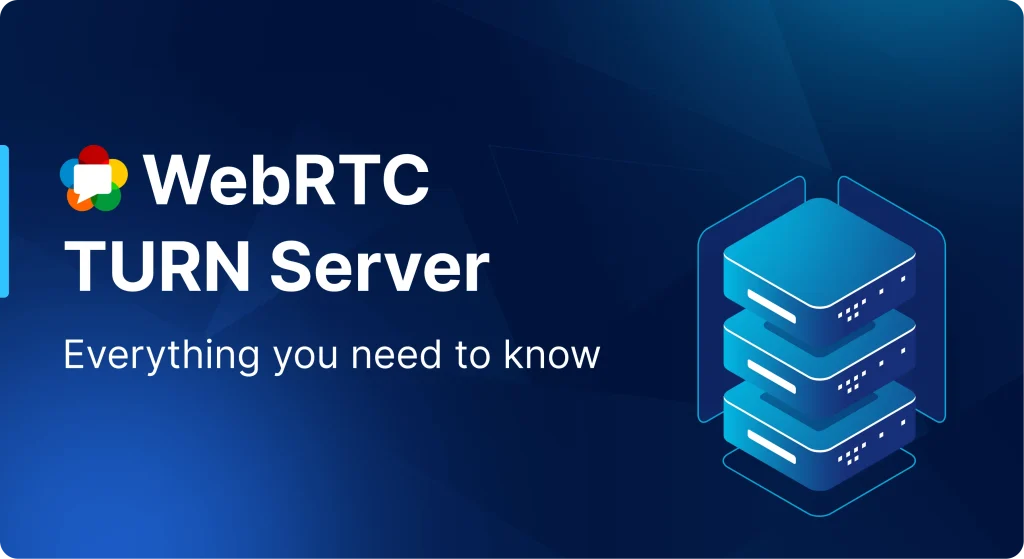SIP trunking has become a cornerstone of VoIP and SIP-based business communications, enabling organisations to replace traditional phone lines with IP-based channels. By connecting PBX systems or cloud phones via IP SIP trunks, businesses gain flexibility, scalability, and cost-efficiency.
This guide explains how SIP works, explores IP trunking alongside SIP vs IP phones, and highlights why partnering with preferred SIP trunk providers is recommended for platforms such as 3CX.
What Is SIP Trunking and How It Works
SIP trunking uses the Session Initiation Protocol (SIP) to establish and manage calls over an IP network. A SIP trunk is essentially a virtual phone line that links your PBX or softphone to the public telephone network.
Key SIP Trunk Basics
- Transmits voice, video, and messaging over the internet.
- Supports multiple concurrent calls on a single IP connection.
- Can be deployed through on-premise or cloud PBX systems.
Understanding SIP trunks is essential for teams aiming to integrate modern communication tools with robust IP trunking infrastructure.
SIP vs IP Phone: What’s the Difference?
- IP Phone: A physical or softphone device that sends and receives calls across an IP network.
- SIP Phone: A category of IP phone that uses SIP protocols for signalling and media control.
- IP Trunking: The network method carrying multiple SIP channels between PBX platforms and service providers.
SIP-based systems offer more flexibility than standard IP phones because they scale quickly and integrate with cloud services, CRMs, analytics, and call automation.
Why Preferred SIP Trunk Providers Matter for 3CX
When deploying 3CX phone systems, working with preferred SIP trunk providers ensures:
- Full compatibility with PBX features, call routing rules, and SBC requirements.
- Reduced setup issues and enhanced reliability backed by certified configurations.
- Access to advanced SIP features such as automatic failover, call analytics, and secure encryption.
Certified 3CX providers simplify deployments and prevent the pitfalls that surface with generic SIP carriers.
SIP Trunk IP and IP Trunking Architecture
A typical SIP trunk IP setup includes:
- PBX or 3CX system serving as the core call controller.
- IP SIP trunk connecting the PBX to the carrier or hosted provider.
- Carrier network that manages call routing, numbering, and redundancy.
- Internet or private IP network delivering voice, video, and messaging traffic.
This troncal IP architecture keeps communication flowing seamlessly while maintaining high call quality, security, and resilience.
Benefits of SIP Trunks Over Traditional Lines
- Cost efficiency: Cheap SIP trunking reduces monthly spend compared with analogue or ISDN circuits.
- Scalability: Add or remove SIP channels instantly to match business demand.
- Global reach: Provision local, toll-free, and international numbers without additional hardware.
- Reliability & security: Carrier-grade networks deliver 99.9%+ uptime with TLS/SRTP encryption.
- Integration: Native compatibility with CRMs, collaboration tools, and cloud PBX workflows.
SIP trunking converts voice into a flexible data service, offering significant cost and operational advantages over legacy lines.
Comparing SIP Trunk Providers
1. Pricing
- Evaluate pay-per-channel versus per-minute billing.
- Review transparent international calling rates.
- Check setup fees, bundled packages, and promotional credits.
2. Compatibility
- Confirm support for PBX systems, SIP phones, and SBCs.
- Look for certifications with platforms such as 3CX.
3. Features
- HD voice, geo-redundant failover, and detailed call analytics.
- Number availability across local, toll-free, and international regions.
- API access for automation and custom integration.
4. Support & Reliability
- 24/7 technical support with knowledgeable SIP engineers.
- Carrier-grade network design with disaster recovery options.
Top SIP Trunk Providers in 2025
- Twilio: Elastic SIP trunking with global reach and developer-friendly APIs.
- Nextiva: Unlimited US calling, CRM integrations, and high uptime SLAs.
- Vonage: Advanced call routing, mobile-first experiences, and wide coverage.
- 8x8: Enterprise-grade SIP trunks with analytics and multi-country reach.
- SIP.US: Cost-effective U.S. focused SIP service for SMBs.
Each provider offers different pricing, scalability, and technical capabilities, so align your shortlist with business objectives.
SIP Phone vs IP Phone: Which to Choose?
SIP phones are ideal for organisations leveraging SIP trunking for VoIP because they unlock advanced telephony features, seamless cloud PBX integration, and robust failover. Standard IP phones may handle generic IP calls but often lack the SIP-specific signalling, provisioning, and interoperability required for sophisticated deployments.
SIP Trunking for Small Businesses and Home Use
Even small businesses or technically minded home users can benefit from SIP trunks:
- Connect consumer VoIP devices to reputable SIP providers for low-cost calling.
- Select cheap SIP trunking plans for international or long-distance traffic.
- Choose providers with flexible, pay-as-you-go or low-commitment pricing.
Conclusion
SIP trunking and IP trunking form the backbone of modern VoIP communications. By understanding SIP vs IP phones, SIP trunk IP architecture, and provider selection, businesses can optimise their communication stack, reduce costs, and scale with confidence. Choosing a preferred SIP trunk provider especially for ecosystems like 3CX ensures smoother deployments, reliable performance, and enhanced capabilities for organisations of every size.



